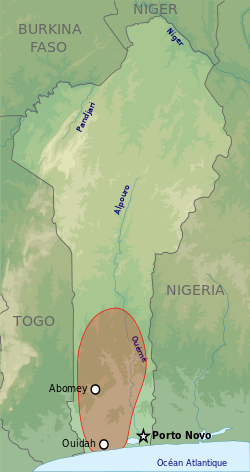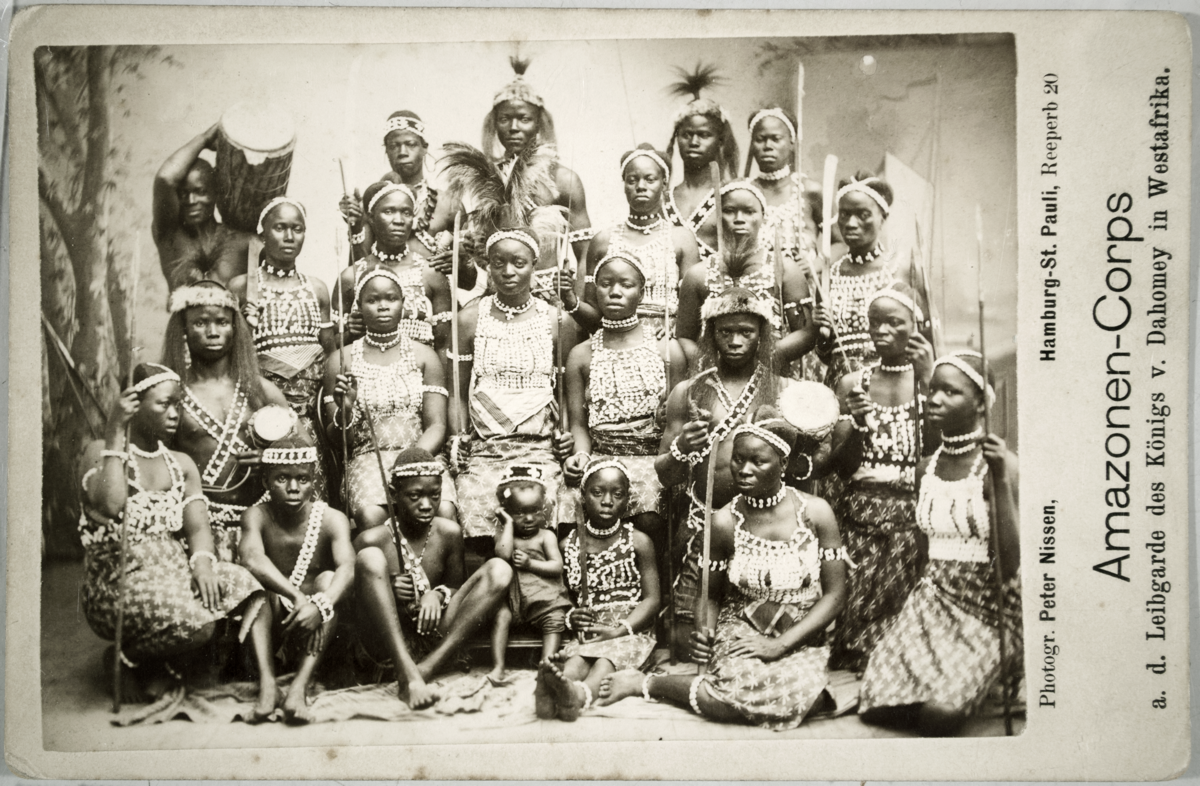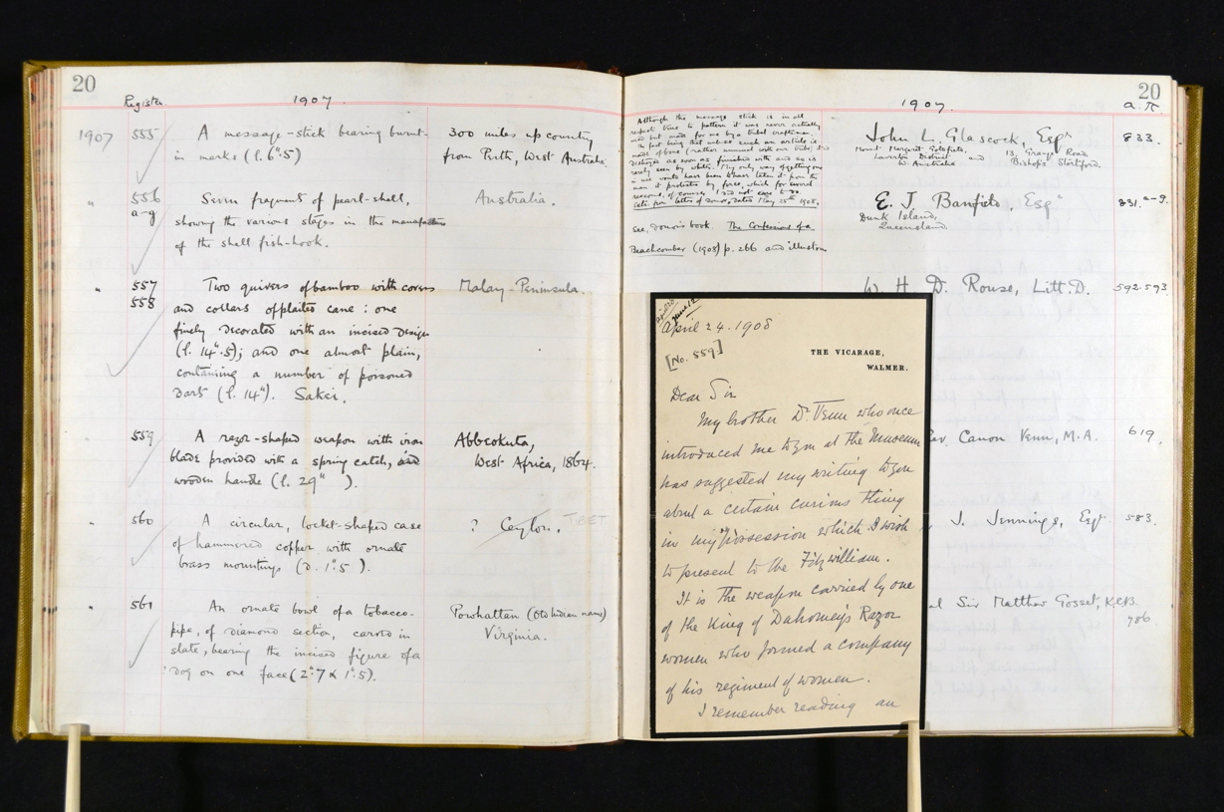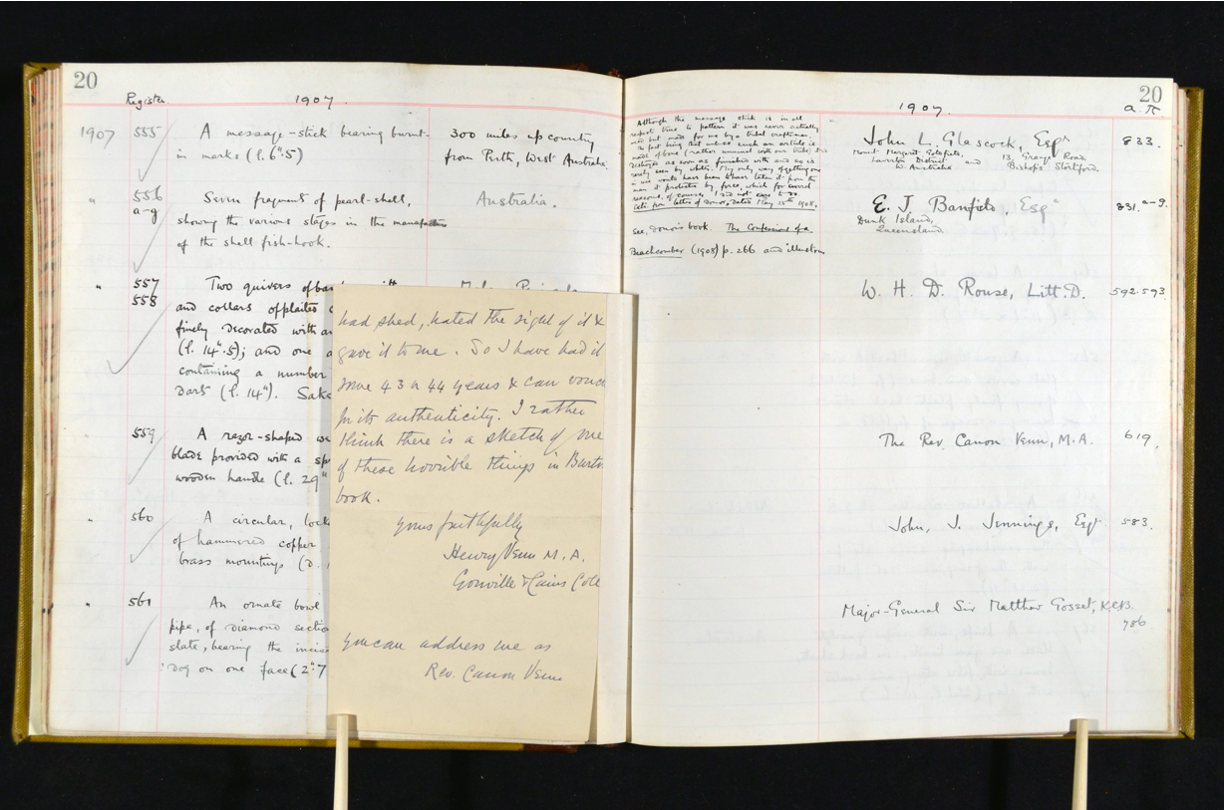KINGDOMS OF OYO (oh-yoh) 1500 - 1837 and DAHOMEY (da-homey) 1600-1894
Ethnicity: Yoruba, Fon
Important locations: Benin, Togo, and South-western Nigeria, Egypt, Europe
Language: Yoruba
Religious: Yoruba religion, Vodun, Islam, and Christianity
The Kingdom of Oyo was a Yoruba kingdom, which became the largest Yoruba state, and the Kingdom of Dahomey was known for its great artworks and the region today is known as the People’s Republic of Benin.
Have you heard of the all-female fearless African warriors and elite spies? The Kingdom of Dahomey’s most powerful army and defenders of the kingdom? Who may still exist today…
These warriors were believed to be active between 1700-1894 CE. They were the Kingdom of Dahomey’s female warriors, who were believed to have supernatural powers. These women were made to channel their anger, bravery, intelligence, and aggression to successfully fighting for their Kingdom. It is estimated that up to six thousand women soldiers were part of the Ahosi. These women were elite spies, with great skill in defence and attack, and were highly respected. They were responsible for the taking over of regions and capturing and trading people into the Trans-Atlantic Slave Trade and were the main reason that the Kingdom of Dahomey was able to survive and expand as they did.
Dahomey Women
Photograph of one the Mino of Dahomey, photographed by Peter Nissen, Hamburg – P.56885
Here is a photograph of a group of women from the Dahomey region with a caption that says “Amazonen-Corps a.d.Leibgarde des Konigs v. Dahomey in west Afrika”. This photograph was made in Dahomey, West Africa.
We are not sure on why these women were photographed but you can clearly see the different age ranges of the women involved in the group.
The Ahosi in simple terms, were elite spies, with great skill in defence and attack. They were responsible for the brutally taking over of regions, capturing people, and selling them to European enslavers and were the main reason that the Kingdom of Dahomey was able to survive and expand as they did. It is estimated that up to six thousand women soldiers were part of the Ahosi.
Around the 1850s, Britain started the process of abolishing the Trans-Atlantic Slave Trade and they as well as other colonial European countries placed pressure on King Gezo, who eventually banned slaving people and human sacrifice.The Ahosi were disbanded because of the French-Dahomean Wars (1890 and 1892), which fatally saw the French conquer Dahomey. The French executed many of the Ahosi and banned women from bearing arms and serving in the military.
However, there is evidence that despite the Ahosi being banned, they were still active in 1978 and today.
Razor shaped weapon with iron blade
Razor shaped weapon with iron blade – E 1907.559
Here is a bladed weapon, with a wide sharp blade that slides out of a slot in its long wooden hand-carved handle.
A weapon such as this razor-shaped blade would be one of the many weapons carried by these women, this one was recovered after one of their attacks on Abeokuta near Lagos in 1864. This attack was recounted to be extremely gruesome and brutal.
It is called the Edga-Dahomey wars and was a result of the economic hardships that were on the Kingdom after the fall of the Oyo Empire. The Kingdom believed that expansion would aid its survival which led to the wars between the people of Dahomey and Egba who were their neighbours. Once Egba saw the Ahosi coming they quickly responded and were able to defend their territory. Dahomey lost the war due to Egba having support from nearby kingdoms and the aid of the British who introduced ammunition, weapons, and other western military strategies.
Have a look at the letter below that came to the museum with the object, and ask yourself the following questions:
- Who do you think wrote this?
- How does the writer feel about these objects?
- Why do you think that they wanted to give this object to the Museum of Archaeology and Anthropology?
- What does it tell you about these women?
- How does this change your perspective of the story and object?
- Why may have the museum taken the object?
- What should have been done or should be done with the object?
Acc8.020
April 24.1908
[No.559.]
The Vicarage, Walmer.
Dear Sir,
my brother - -, who once
Introduced me to you at the museum has suggested my writing to you about a certain - - in my possession which I - to the Fitzwilliam.
It is The weapon carried by one of the King of Dahomey’s Razor Women who formed a company of his regiment of women.
I remember reading an…
Acc8.020.1
… had shed(?), the sight of it and
gave it to me. So I have had it – 43 or 44 years and can vouch
for its authenticity. I rather think there is a sketch of one
of these horrible things in Barton’s book.
Yours faithfully,
Henry – M.A.
Gonville & Caius College
How does this link to the Kingdom of Oyo?
Dahomey was not the first kingdom to recognise the ability of women. The Kingdom of Oyo’s first and only female Alaafin was Alaafin Orompoto or Oronpoto (rule 1554 to 1562), who claimed the throne after her father and brother died leaving no male to the throne.
Prior to Alaafin Orompoto, women were not allowed to be an Alaafin. Initially, she was rejected for the position due to her sex despite her possessing the traits of an Alaafin. She then decided to disguise as a male and was then accepted as the next Alaafin. Her achievements as Alaafin were incredible, she created a specialised order of cavalry officers within the army and was extremely skilled in riding horseback.
Alafin / Alaafin – Title; Oyo King
- How does the role of the military reflect the tributary relationship of Dahomey to Oyo?
- To what extent was the Ahosi the reason for Dahomey’s success and downfall?
- How does the writings of Europeans and British affect the perspective of how people view the Ahosithen and today?







